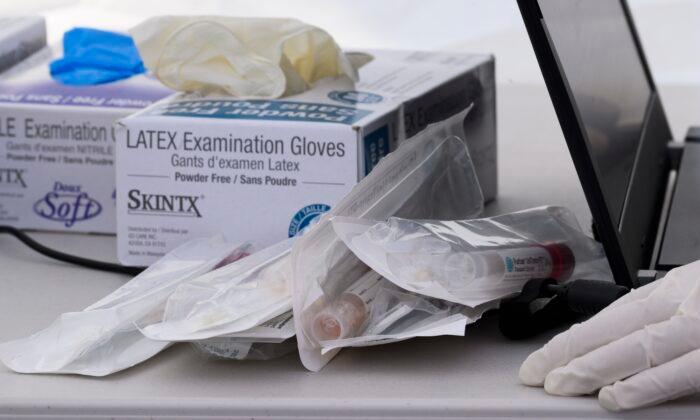At least 22 states count in their COVID-19 statistics cases or deaths that haven’t been confirmed with a diagnostic test. These “probable” cases are determined based on symptoms and other general characteristics.
While useful to track for epidemiologists, such cases add noise to the national data as some states report them and some don’t. Also, different states began reporting such cases at different times, making data comparisons with earlier periods difficult.
The problem is that different states report statistics on the epidemic differently.
Some states, such as Arizona, Ohio, Michigan, and Virginia, include probable cases and deaths in their totals.
Probable deaths are usually defined as someone dying at least partly due to an illness that looked like COVID-19, but wasn’t confirmed by a laboratory test (which can be conducted postmortem).
Some states, such as Arkansas, New Jersey, and Washington, only include probable deaths, but not probable infections.
Some states, it appears, only include probable infections, but not deaths. Maine and Kansas may be in this category, their COVID websites indicate. The Epoch Times contacted all 50 states and the District of Columbia, but only 33 responded to the inquiries. Maine and Kansas were among those that didn’t immediately respond.
Then there are at least 12 states, including Alabama, Illinois, Massachusetts, Minnesota, and South Carolina, that report probable cases or deaths or both, but list them separately. In these cases, the CDC still includes the probable cases and deaths in the totals for those states.
At least eight states, including Alaska, Georgia, Missouri, North Carolina, Nevada, and Oklahoma, report neither probable cases nor deaths.
There are also special cases. Florida, for example, says in its COVID reports that it counts people who tested positive for COVID antibodies among its case total. That introduces another problem, because people normally retain coronavirus antibodies for months, so the tests may reveal weeks- or months-old infections that have little to do with the current state of the epidemic. Antibody tests are also usually less reliable.
At least some states count fatalities of persons who’ve tested positive toward COVID deaths, even though the people may have died of other causes.
Connecticut and North Dakota count COVID deaths in a similar fashion.
None of the four most populous states (California, Texas, Florida, and New York) immediately responded to The Epoch Times’ inquiries.





